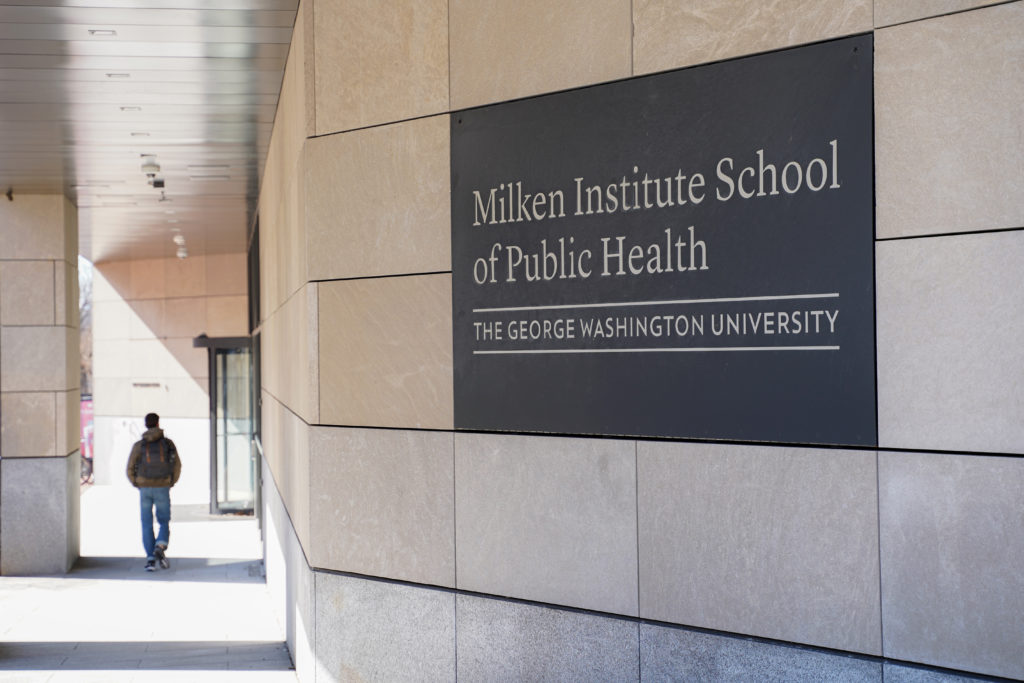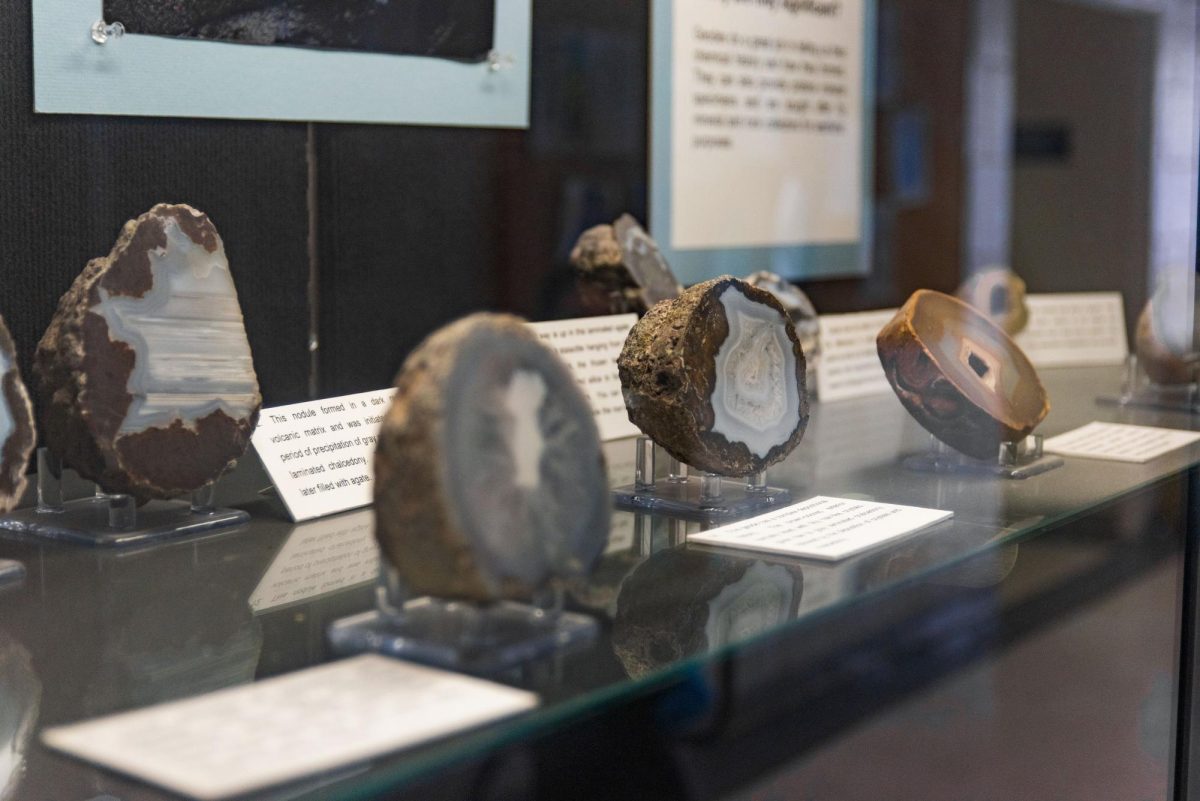Updated: Feb. 13, 2020 at 2:25 p.m.
The Department of Biostatistics and Bioinformatics in the Milken Institute School of Public Health has added more than 10 new courses in its first semester as an independent department.
Faculty said the department, which houses faculty who specialize in designing and conducting studies to improve public health, medicine and applying algorithms to complex biological data and statistical research, is modernizing its curriculum to offer courses on topics like clinical trials and computational biology. Faculty said they are optimistic that the department, created last summer, will further expand and build stronger ties to other departments across GW.
“The Department of Biostatistics and Bioinformatics improves public health through excellence in teaching biostatistics and bioinformatics, transformative scientific research and dedicated service to the University, profession and community,” Scott Evans, the chair of the department, said in an email.
Evans – who is also the director of the Biostatistics Center, a research organ independent of the department that focuses on data related to organisms – said one of the department’s initial challenges, after it split away from the Department of Epidemiology at the start of the academic year, was creating a sense of community within the department, because biostatistics faculty vary broadly in research interest and experience.
Evans said that since the summer, the department’s faculty have laid the groundwork on or already began research into topics like diabetes, maternal-fetal medicine, infectious diseases, oncology and mental health. He said that this broad range of research topics allows students in the department to gain “practical real-world training” in clinical trials, observational studies, diagnostic studies and bioinformatics.
He added that he anticipates the program to grow quickly moving forward. The bioinformatics department is housed in Milken, which has experienced dramatic growth in its undergraduate population as the number of undergraduate public health majors has doubled since last academic year.
Evans said the department’s faculty moving forward will focus on developing new courses and academic programs for students to sign up for. He said the department is adding “administrative infrastructure,” hiring new staff and developing research partnerships with colleagues across several universities.
“A key principle for the new department is to be forward-thinking, responsive to the rapid scientific evolution in data, new methodologies, informatics and computing,” Evans said. “Embracing this evolution while retaining the academic rigor typical of traditional biostatistics programs will ensure a modern and high-quality education that will be attractive for students.”
Yan Ma, the vice chair of the department and an associate professor of biostatistics and bioinformatics, said faculty have been working “very hard” to update and modernize their curriculum.
Ma added that in addition to new coursework, faculty are extensively involved in research and extend opportunities to students through their work. He said the National Institutes of Health awarded him a grant to conduct a study on national health databases, a project that now includes “multiple” students.
A program in the Biostatistics Center received an $18.6 million grant to continue studying antibiotic-resistant infections in January.
“In addition to taking formal coursework, students have opportunities to work on real-world data with faculty,” Ma said in an email. “They have opportunities to learn advanced statistical methods, analyze complex health data, write and publish research papers.”
Heather Hoffman, an associate professor of biostatistics, said she has been working closely with faculty to develop syllabi for new courses as the chair of the department’s Curriculum Committee. The committee has approved 15 new graduate-level courses like Applied Categorical Data Analysis and Principles of Clinical Trials and one undergraduate course, Introduction to Biostatistics for Public Health, since September.
Hoffman said faculty in the department prepare students for work in academia, community health settings and the public and private sectors by improving their quantitative and analytical skills.
“The Department of Biostatistics and Bioinformatics is modernizing biostatistics and bioinformatics curricula and programs to reflect ongoing innovations in these fields,” Hoffman said. “With these enhancements, we are training our students to become leaders in their areas of expertise.”
Higher education experts said the department’s creation comes at a time when bioinformatics and biostatistics are rapidly becoming more relevant worldwide as the need for researchers with specialized quantitative analysis techniques grows.
Justin Fay, an associate professor of biology at the University of Rochester, said the new department could improve its sense of community by hosting events like seminars, retreats or happy hours among its members by having those interested in the same topics close together.
“The success of the department can be measured by research and teaching output before creation versus after,” Fay said. “Bringing people together is something that a department naturally does and doing so can lead to collaborations, new projects, ideas and such.”
Kristin Gunsalus, a professor of biology at New York University, said a new department often faces challenges due to a lack of name recognition, but the University’s new department has the benefit of bringing together already well-known and existing faculty from different areas into one program.
“I think it’s a challenge to get it started, a new program, and it’s important to let people know what it is, and that it’s out and that they have an opportunity to build something,” Gunsalus said in an email. “You really want to attract the most talented and successful people because those people, in turn, will keep attracting more and high-quality people.”
This post has been updated to reflect the following correction:
An earlier version of this post stated that the Biostatistics Center is housed in the biostatistics department. The two are separate entities. We regret this error.








